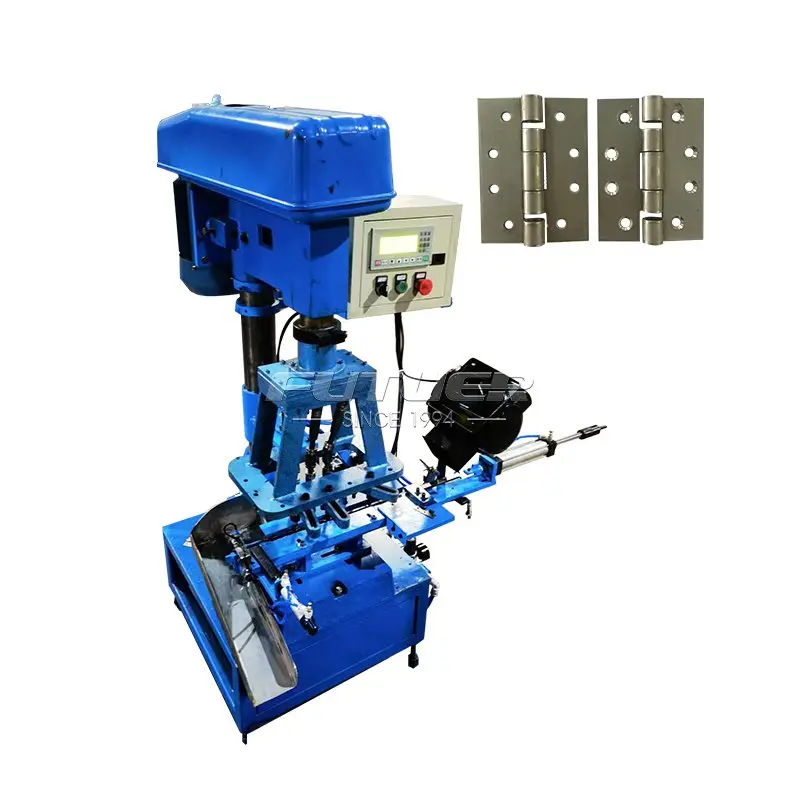The Essential Guide to Door Hinges: Insights from a Leading Manufacturer

Welcome to our blog! As a leading manufacturer of high-quality door hinges, we understand the pivotal role these small but mighty components play in Door Hinges Manufacturer the overall functionality and aesthetics of doors. Whether you’re an architect, builder, or DIY enthusiast, this guide will help you navigate the world of door hinges and make informed decisions for your projects.
Understanding Door Hinges
What Are Door Hinges?
Door hinges are mechanical bearings that connect a door to its frame, allowing it to open and close smoothly. They are crucial for the security, durability, and usability of any door. A well-chosen hinge can enhance the life and performance of the door, while a poor choice can lead to problems like sagging or misalignment.
Types of Door Hinges
There are several types of door hinges, each designed for specific applications:
- Butt Hinges: The most common type, ideal for standard residential and commercial doors. They are durable and easy to install.
- Continuous (Piano) Hinges: These run the entire length of the door, providing extra support and are perfect for heavy or high-use doors.
- Concealed Hinges: Also known as European hinges, they are hidden from view when the door is closed, offering a sleek and modern appearance.
- Spring Hinges: These self-closing hinges are typically used in doors that need to close automatically, like garage or security doors.
- Ball Bearing Hinges: Designed for heavy doors, they provide smooth operation and are more durable than standard hinges.
Choosing the Right Hinge
Considerations for Selection
- Weight and Size of the Door: Heavier doors require more robust hinges, such as ball bearing or continuous hinges.
- Frequency of Use: High-traffic doors benefit from durable hinges like ball bearing or spring hinges.
- Aesthetic Preferences: Concealed hinges are great for a clean, modern look, while decorative butt hinges can add a touch of elegance.
- Environmental Conditions: For exterior doors, choose hinges made from corrosion-resistant materials like stainless steel or brass.
Material Matters
The material of the hinge significantly impacts its performance and longevity. Common materials include:
- Steel: Strong and durable, ideal for high-traffic areas.
- Stainless Steel: Corrosion-resistant, perfect for exterior doors or humid environments.
- Brass: Offers a classic look and good corrosion resistance.
- Bronze: Durable and resistant to wear, great for historic or decorative applications.
Installation Tips
Proper installation is key to ensuring the longevity and functionality of door hinges. Here are some tips:
- Use the Right Tools: Ensure you have the appropriate tools like a screwdriver, chisel, and level.
- Mark Hinge Placement Accurately: Measure and mark where the hinges will be placed on both the door and the frame.
- Chisel Out Recesses: Carefully chisel out recesses to ensure the hinges sit flush with the surface.
- Secure Hinges Firmly: Use screws that are long enough to penetrate the door frame for a secure fit.
Maintenance and Care
Regular maintenance can extend the life of your door hinges:
- Lubrication: Periodically lubricate hinges to ensure smooth operation.
- Tighten Screws: Check and tighten screws regularly to prevent sagging or misalignment.
- Clean Regularly: Wipe down hinges to remove dust and debris that can cause wear over time.
Innovations in Door Hinges
As a forward-thinking manufacturer, we continuously innovate to bring you the best in door hinge technology. Some of the latest trends include:
- Smart Hinges: Integrated with sensors for smart home applications.
- Soft-Close Hinges: Providing a gentle and silent close, ideal for modern homes.
- Anti-Bacterial Coatings: For hygiene-sensitive environments like hospitals and kitchens.




